
Get Instant Solution By an Expert Advisor
(4.8)


Both paper and electronic waste have gained importance in the management immensely mainly to businesses especially those dealing in manufacture, importation or dealing with plastics or batteries. EPR Certification in India is compulsory to manage waste. It has become a legal structure governing the proper disposal of waste. This certificate ensures that businesses take responsibility for their products’ waste at the end of their useful life.
This article explores the steps to apply for an EPR Certificate online. We will also discuss EPR for Plastic and Battery, and EPR Registration for Imports.
Here are the key steps to obtain EPR Certification online:
Step 1: Assess Eligibility: Determine whether your business falls under the scope of EPR compliance. The following industries typically need EPR Registration:
Step 2: Register on the CPCB Portal: Visit the official Central Pollution Control Board website. Register your business and create a login ID. You’ll need your company details and supporting documents during this step.
Step 3: Prepare Required Documents: Gather the following documents for EPR Registration:
Step 4: Submit the Application: Log in to the CPCB portal and complete the online application for an EPR Certificate. Fill out all required fields accurately and upload the documents.
Step 5: Verification and Approval: The CPCB will review your application and verify documents you submit. Once approved, you’ll receive the EPR certificate, which allows your business to operate within compliance.
The EPR Certification process in India involves several stages to ensure compliance with waste management norms.
The EPR framework is governed by the Plastic Waste Management (PWM) Rules, 2016, and the Battery Waste Management Rules, 2022. Businesses must adhere to these rules to ensure sustainable recycling practices.
Companies need a clear strategy for collecting and recycling waste. This plan should outline:
Partnering with authorized recyclers is mandatory for effective implementation of EPR. These recyclers ensure that waste is processed in an environmentally friendly manner.
Once the EPR plan is in place, businesses must regularly submit compliance reports to the CPCB. These reports detail waste collection and recycling progress.
If you are an importer introducing products with plastic packaging or batteries, EPR for Plastic and EPR for Battery compliance is mandatory. Follow these steps to obtain an EPR certificate for import:
Step 1: Identify the Product Category: Understand whether your imported products fall under the purview of EPR compliance. For instance:
Step 2: Map the Waste Lifecycle: Prepare a waste management plan detailing the lifecycle of the imported products. This includes:
Step 3: Apply Online: Use the CPCB portal to file your application. Select the appropriate category for your business. Attach the required documents, including:
Step 4: Monitor Compliance: Once you receive the EPR Certificate, monitor your company’s waste management practices to ensure they meet CPCB guidelines. Keep a record of all recycling activities and submit compliance reports annually.
While applying for EPR Certification, businesses often face challenges such as:
1. Incomplete Documentation: Missing or inaccurate documents can delay the certification process.
2. Lack of Awareness: Many companies remain unaware of the detailed compliance requirements under EPR.
3. Inefficient Waste Management Plans: An unclear or unviable waste management strategy can lead to application rejection.
4. Choosing the Wrong Partners: Working with unauthorized recyclers or waste handlers may result in non-compliance.
To overcome these challenges, ensure you consult with compliance experts to streamline your application process.
Getting an EPR Certificate is a significant step to the sustainable management of businesses. Therefore, when you acquire EPR Certification you are confident that your company is aligning with the environmental laws and policies and embracing sustainability initiatives to minimize your environmental impacts.
To make it easier, contact Agile Regulatory, a reliable service provider providing compliance management. With our help, EPR application processes will be easy and you can focus on your business development.
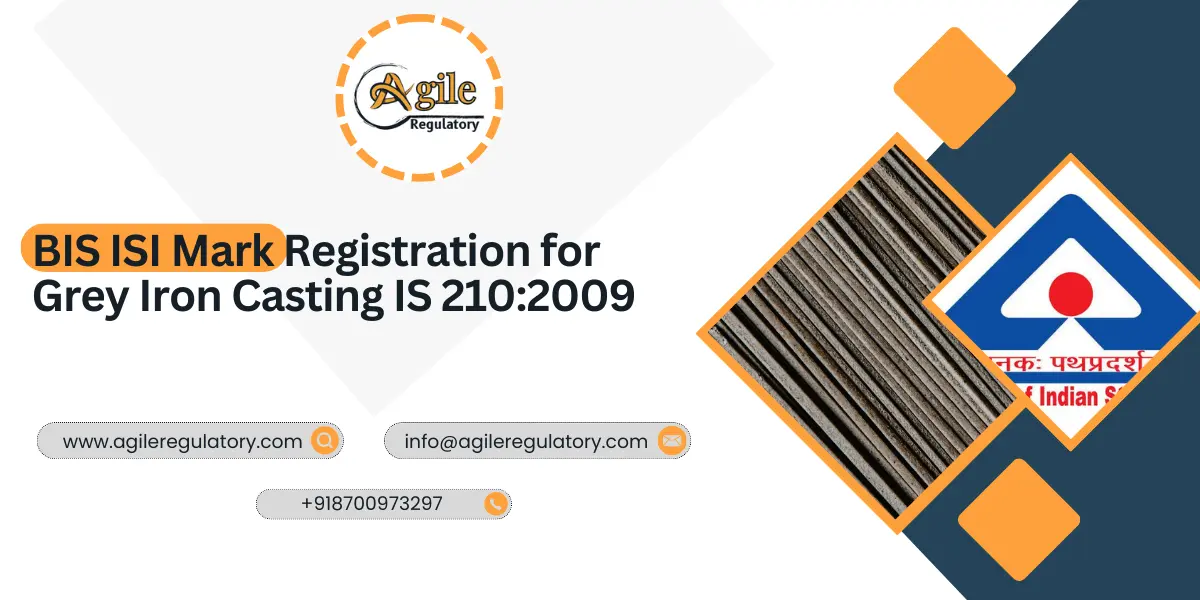
 Nishi Chawla
Nishi Chawla
22 Nov, 2025
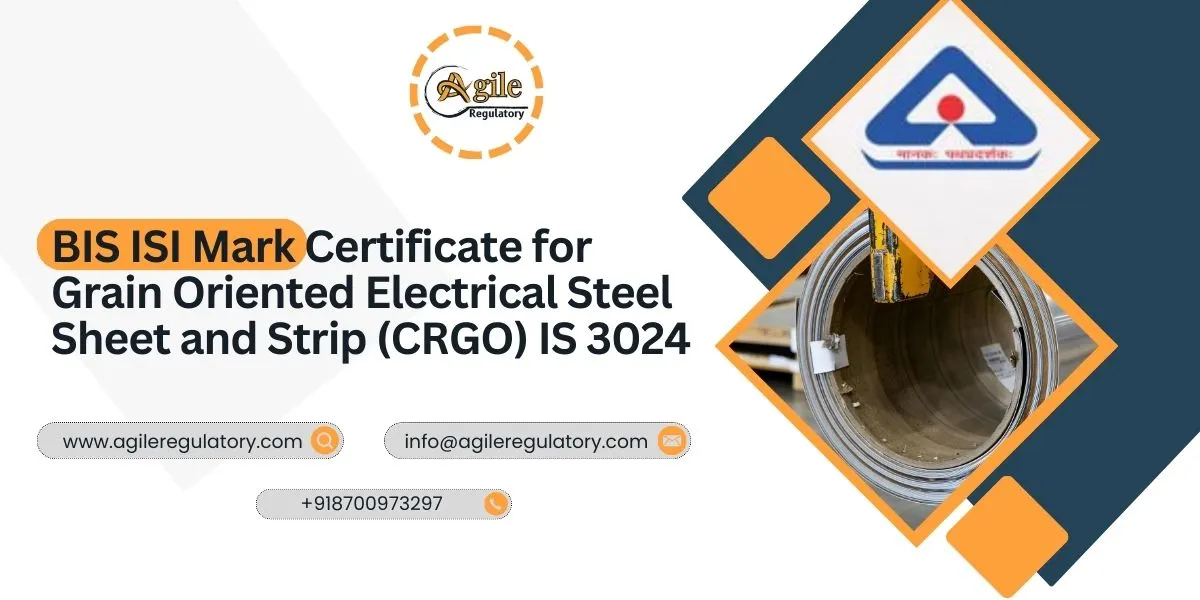
 Nishi Chawla
Nishi Chawla
22 Nov, 2025
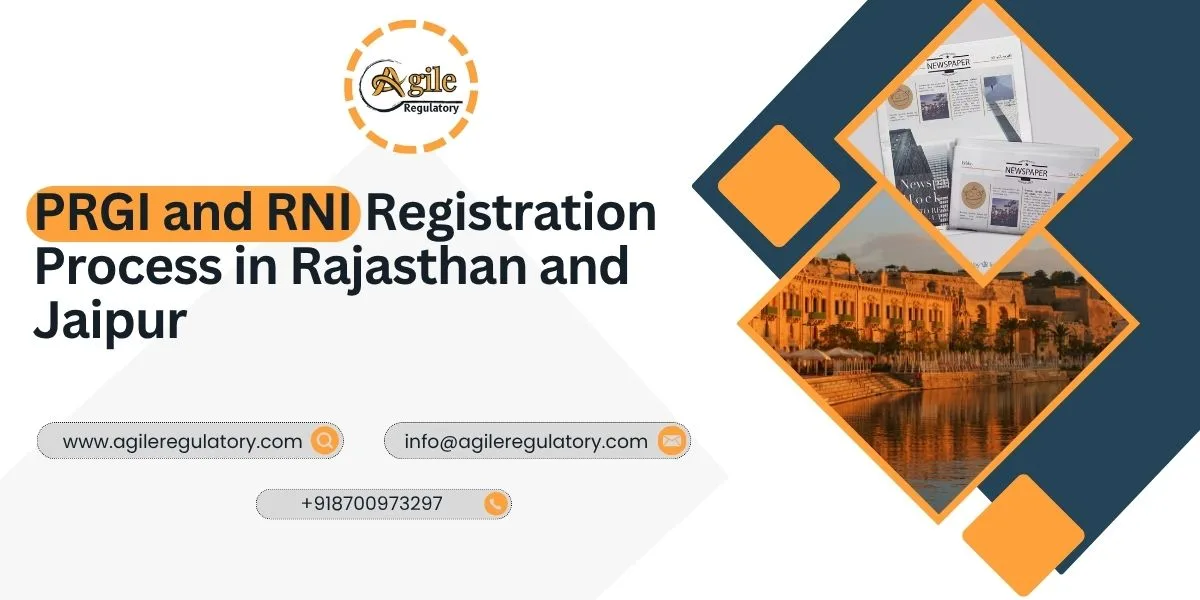
 Nishi Chawla
Nishi Chawla
20 Nov, 2025
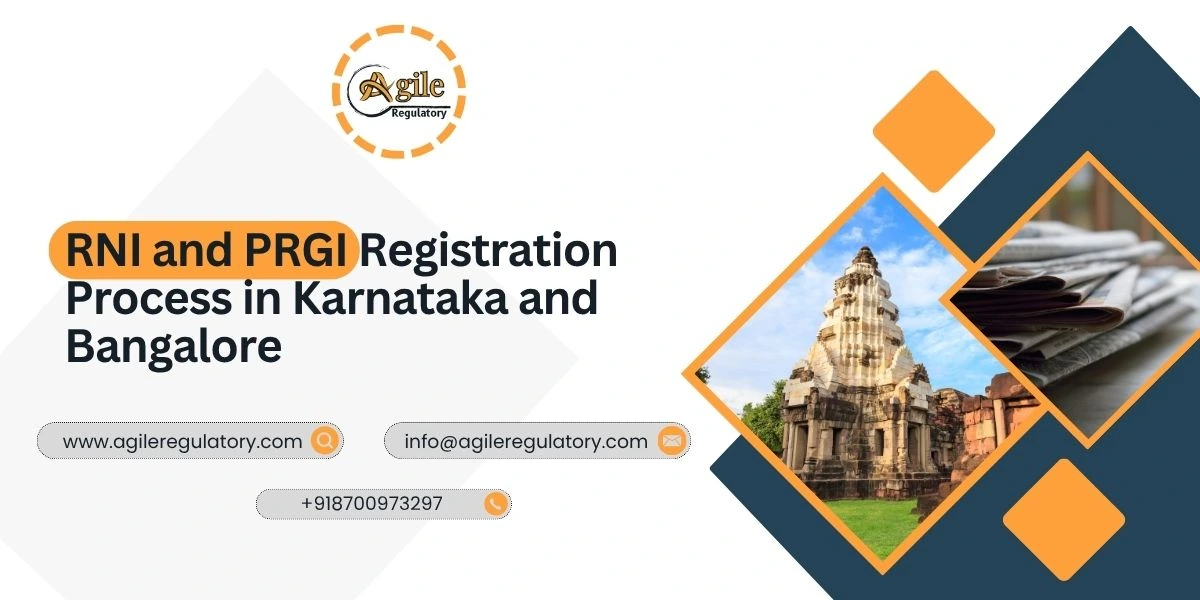
 Nishi Chawla
Nishi Chawla
20 Nov, 2025
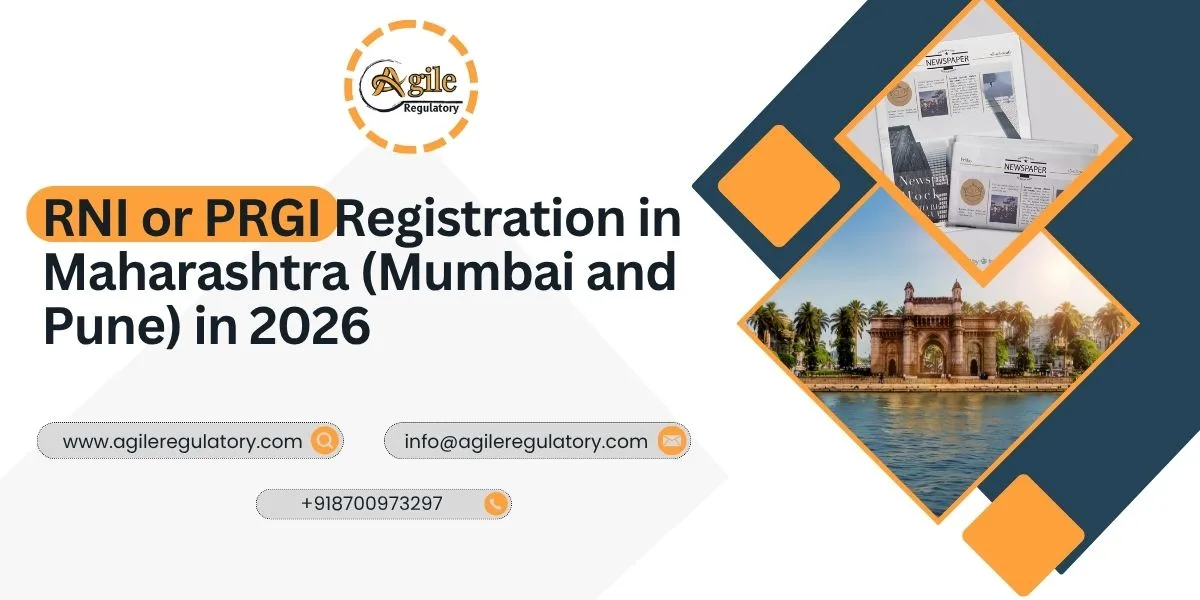
 Nishi Chawla
Nishi Chawla
19 Nov, 2025

Get Instant Solution By an Expert Advisor
(4.8)
We simplify compliance through a proven 4-step process: Consultation, Documentation, Submission, and certification. From understanding requirements to getting final approvals, we deliver a smooth, timely, and fully compliant journey for your business.
What our customer says about us
Fantastic support from the team. Their expertise transformed our approach, driving remarkable outcomes. A must-have partner for businesses seeking effective consulting solutions. Highly recommended.
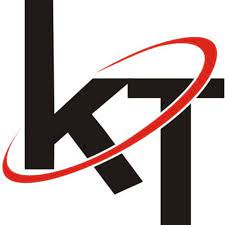
KTPL Instruments
Agile Regualtory delivers exceptional solutions. Their insightful guidance streamlined our processes and boosted profitability. Highly recommended for businesses seeking expert consulting services to thrive.

Justrack IOT
Impressed by Agile Regulatory's expertise. Their strategic insights and practical solutions have elevated our business operations. A reliable partner for effective consulting services. Highly recommended for growth-focused businesses.
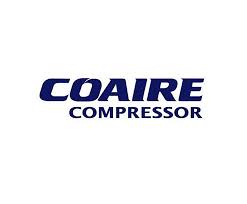
Coaire Compressor
Extraordinary consulting services. Their insightful solutions and dedicated team reshaped our business, driving remarkable improvements. Highly recommend it for transformative results.

Easy Polymer
Incredible experience with Agile Regulatory. Their innovative strategies and expert advice revitalized our business model, resulting in impressive growth. Highly recommend their exceptional consulting services.

Tarus International
Top-tier consulting! offered strategic solutions that revolutionized our approach. Their deep expertise and personalized guidance made a significant impact on our success. Highly recommend their services.

Anchor Weighing
Agile Regulatory exceeded expectations! Their tailored solutions, expertise, and proactive approach led to remarkable results. Highly recommend for businesses seeking impactful and strategic guidance.

AM Capacitor
Outstanding service! delivered targeted solutions with professionalism and expertise. Their insights elevated our business strategies, resulting in noticeable growth. Highly recommended for exceptional consultation.

Imaxx Pro Aquistic
Leave a Reply
Your email address will not be published. Required fields are marked *